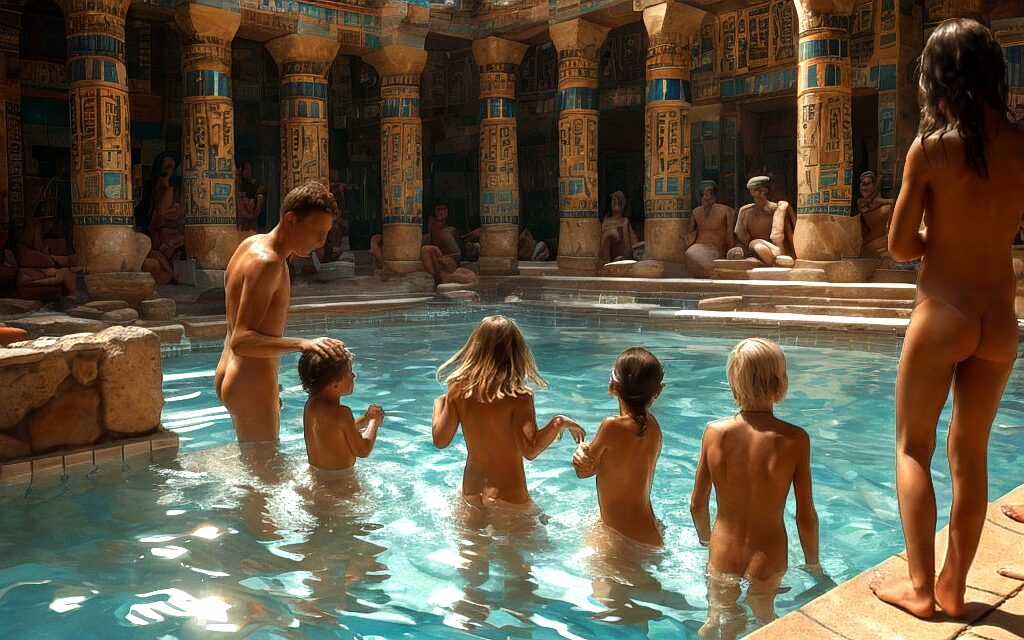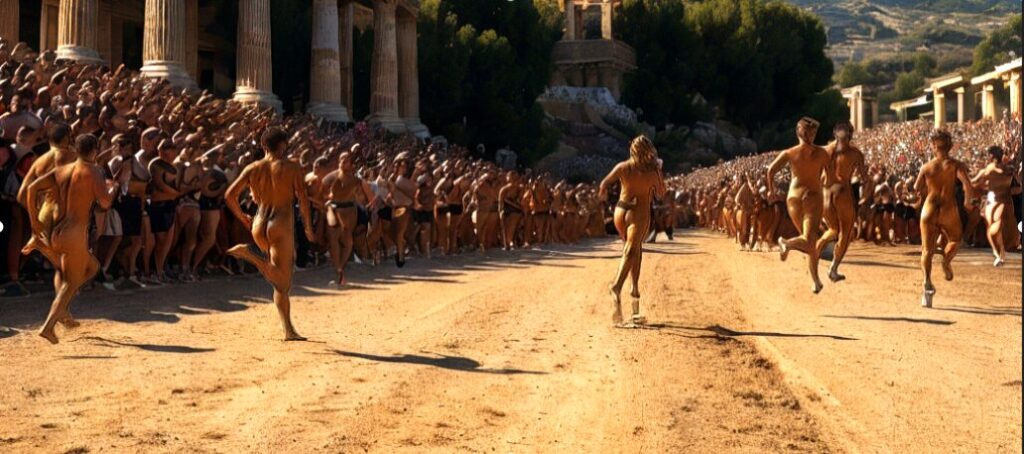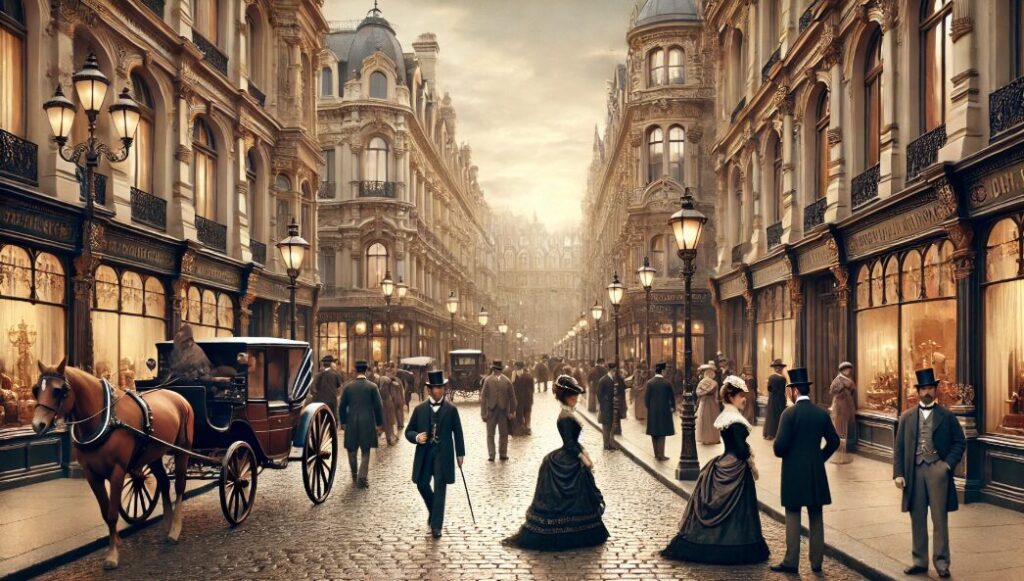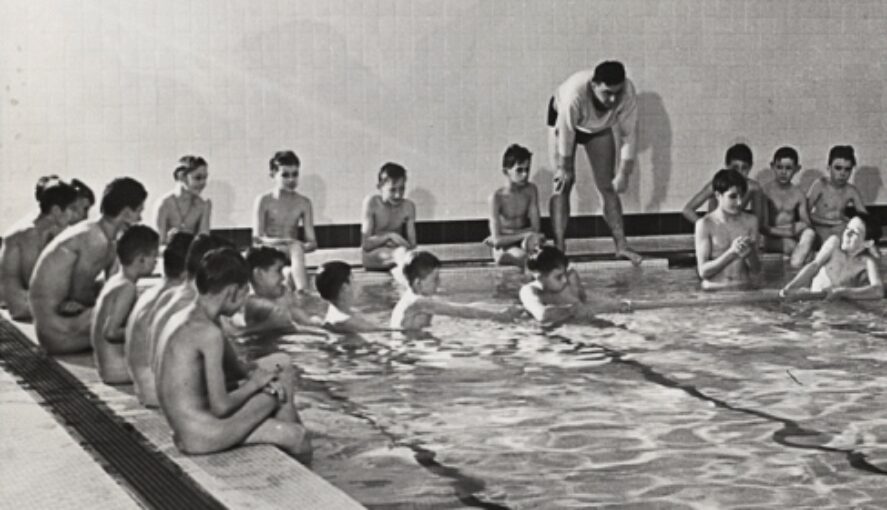Normalize Nudity Again: How Civilization Thrived Without Body Shame

The Lie We Were Sold About Shame
For most of human history, nudity wasn’t scandalous. It wasn’t controversial. It was normal. The real tragedy is that somewhere along the way, we were convinced to see our own skin as a source of shame—something to hide, something to fear, something to sell. And we accepted that lie.
But here’s the truth: Civilization thrived without body shame. It wasn’t our skin that needed covering; it was the industries and institutions that profit from our self-doubt.
It’s time to tear off the lies and reclaim what was once ours: pride in our bodies, confidence in our skin, and freedom in our natural form. The shame isn’t yours. It never was.
The True History of Nudity and Civilization

🌾 The Agricultural Revolution (~10,000 BCE)
When humans first traded hunting for farming, they didn’t suddenly develop a fear of their own skin. Societies like Mesopotamia, Egypt, and the Indus Valley embraced nudity as part of everyday life:
- Mesopotamian art celebrated nudity, especially in depictions of fertility and creation.
- Egyptians labored naked in the sun, seeing the body as a natural part of life.
- Indigenous cultures worldwide wore clothing for protection, not shame.
Key Takeaway: Civilization’s foundation was laid without body shame. Nudity wasn’t a barrier to progress—it was part of it.
🏛 Ancient Greece & Rome (~800 BCE – 500 CE)

These “cradles of civilization” revered the naked body.
- Greek athletes competed nude, believing the body reflected excellence and honor.
- Philosophers like Socrates saw nudity as a symbol of truth and authenticity.
- Romans socialized in public baths, and their art and culture celebrated the human form.
- Early Christians practiced nude baptisms as a sign of purity and rebirth.
Key Takeaway: Civilization thrived by celebrating, not suppressing, the body. Shame came later, cloaked in control.
⛪ The Middle Ages & Religious Repression (~500 – 1600 CE)

Shame wasn’t born from progress but from religious control. As organized religion grew in power, it wielded body shame as a tool to dominate the human experience:
- Communal baths were labeled “immoral,” leading to their decline.
- Religious leaders pushed for modesty, framing nudity as sinful.
- Art shifted from celebrating the body to covering it.
But even here, reality was messier. In rural areas, communal nudity for sleeping or bathing persisted. The human body didn’t suddenly become shameful—we were just told it was.
Key Takeaway: Body shame was a product of religious power, not natural human progression.
👑 The Victorian Era and the Global Spread of Shame (1600 – 1900 CE)

The Victorian obsession with modesty wasn’t about morality. It was about control, wealth, and profit:
- Colonial powers forced indigenous cultures to cover up, using clothing as a weapon of dominance.
- Indoor plumbing turned communal baths into private spaces, reinforcing shame by reducing natural exposure.
- Separate bedrooms and private living increased modesty but also isolation from body-normalizing experiences.
- Businesses profited by selling modesty—from conservative clothing to cosmetic “solutions” for bodies labeled as flawed.
- Medical myths painted nudity as unhealthy, another falsehood sold for profit.
Key Takeaway: Shame wasn’t “progress.” It was profit. And we’re still paying the price.
🌍 1900-Present: Reclaiming Body Freedom

The last century has been a tug-of-war between imposed shame and natural freedom:
- Mid-20th century: Male nude swimming was normal until conservative movements ended the practice.
- 1960s Counterculture: Challenged Victorian repression, fighting for body freedom.
- Modern Body Positivity: Movements began to challenge harmful beauty standards but still avoided the full embrace of body freedom.
Key Takeaway: We’re only beginning to unravel centuries of shame, but the fight isn’t over. It’s ours to win.
How Wealth and Privacy Fueled Shame (And How We Can Stop It)

Wealth, technology, and privacy can improve life—but they can also deepen shame and isolation when left unchecked.
- Privacy became isolation, cutting off casual, natural experiences with nudity.
- Wealth enabled industries to profit from insecurity.
- Technology became a tool for hiding, not celebrating, the body.
But here’s the truth: Privacy should be a choice, not a prison of shame. Wealth should enhance freedom, not suppress it. We can reclaim body confidence while embracing the comforts of modern life.
Normalize Nudity Again: The Path Forward

- Understand the Truth: Body shame isn’t natural. It’s a conditioned response designed to control you and profit from you.
- Challenge the Lie: Every time you cover out of fear, question it. Is it about comfort or conditioning? Safety or shame?
- Reclaim Freedom: Normalize nudity where it makes sense—in your home, in art, in recreation, in life.
- Empower Others: Speak out. Share the truth. Be the one who shatters the shame.
Nudity is not immoral. Shame is. Shame profits from your silence. Break it.
We aren’t here to fit into the mold. We’re here to break it. To shatter it. To destroy the lie that our bodies are anything less than powerful, natural, and worthy.
It’s time to step out of the shadows. It’s time to Normalize Nudity Again.
